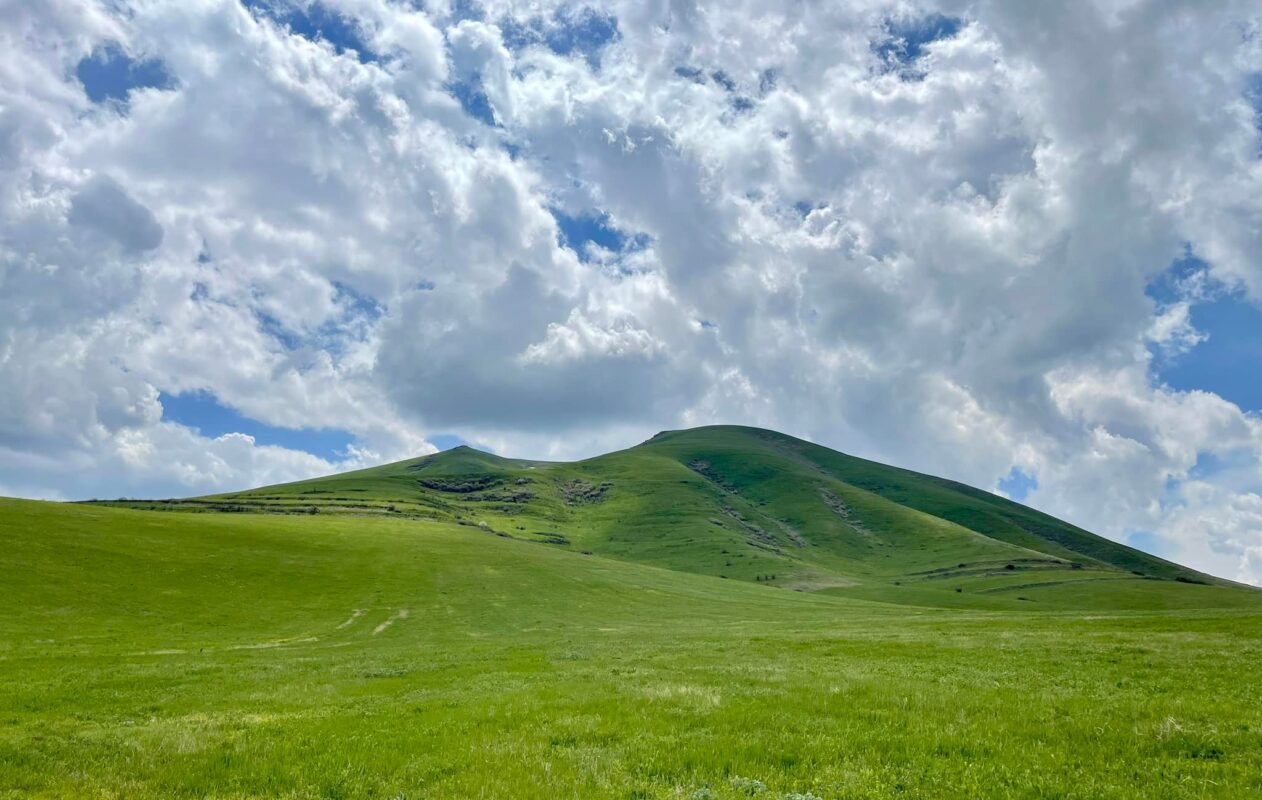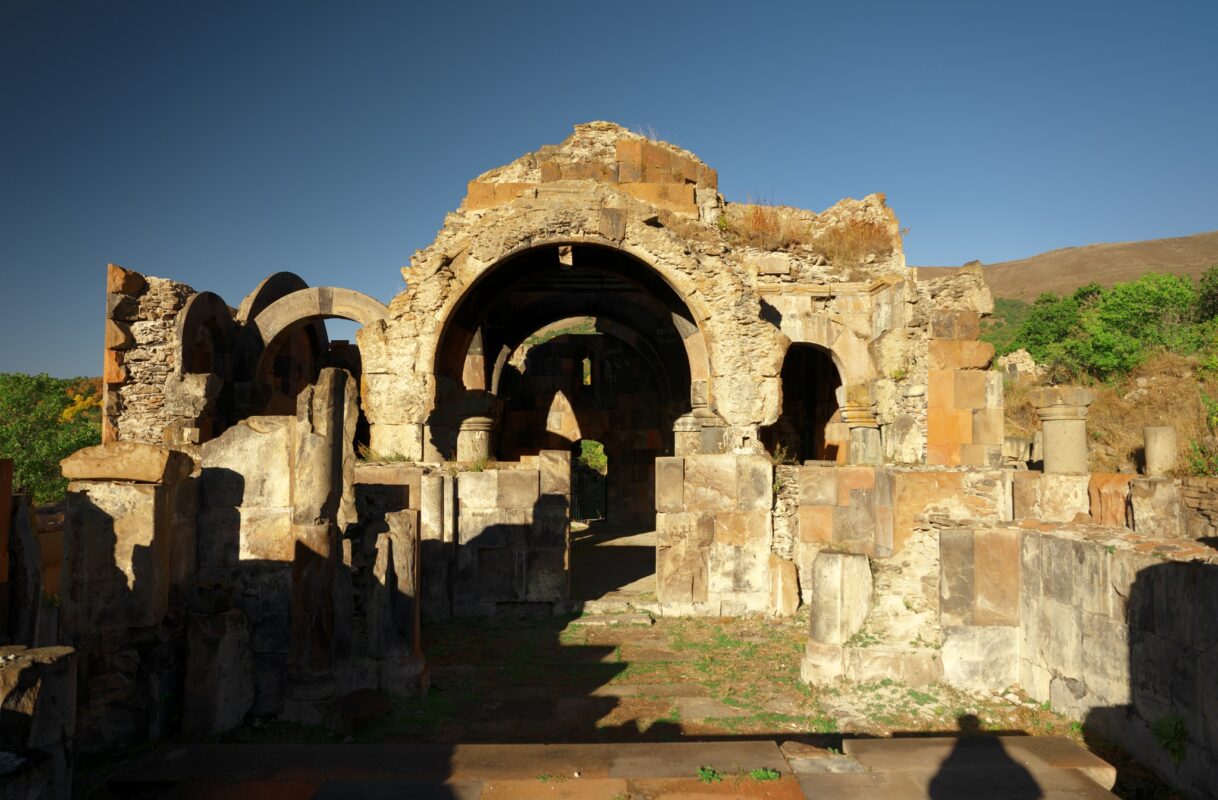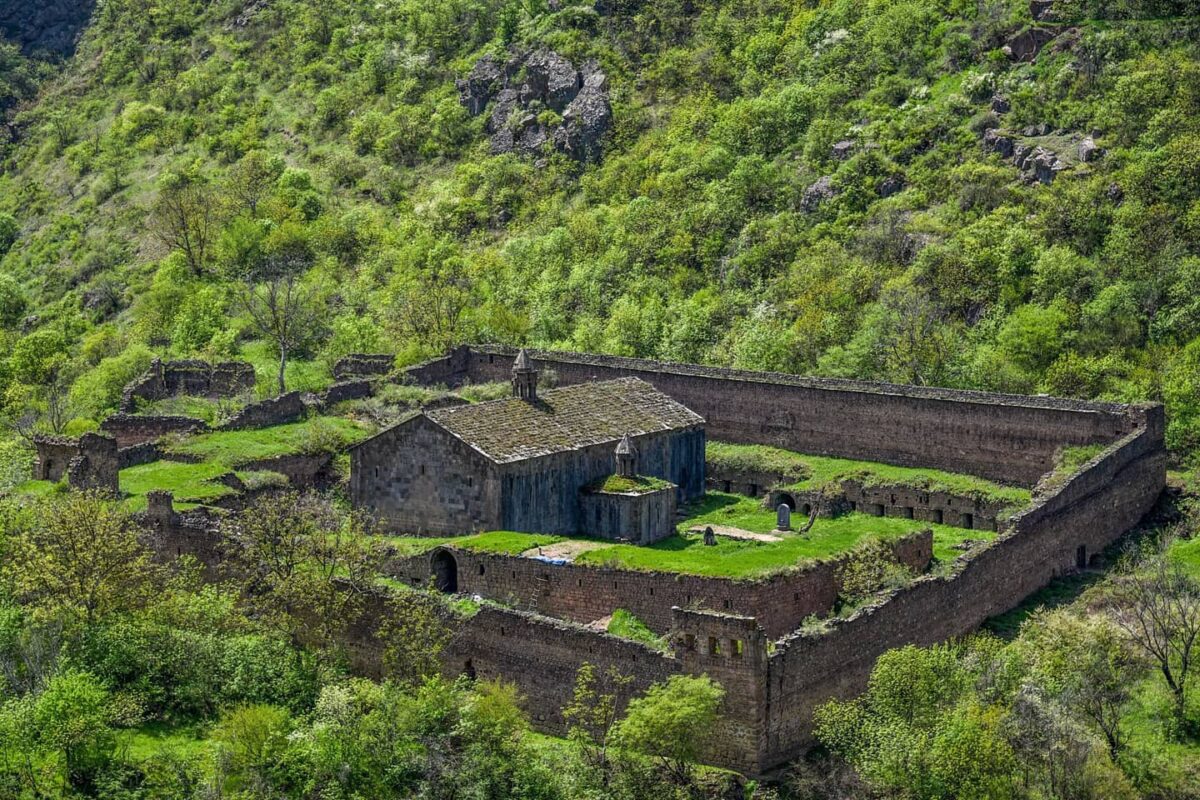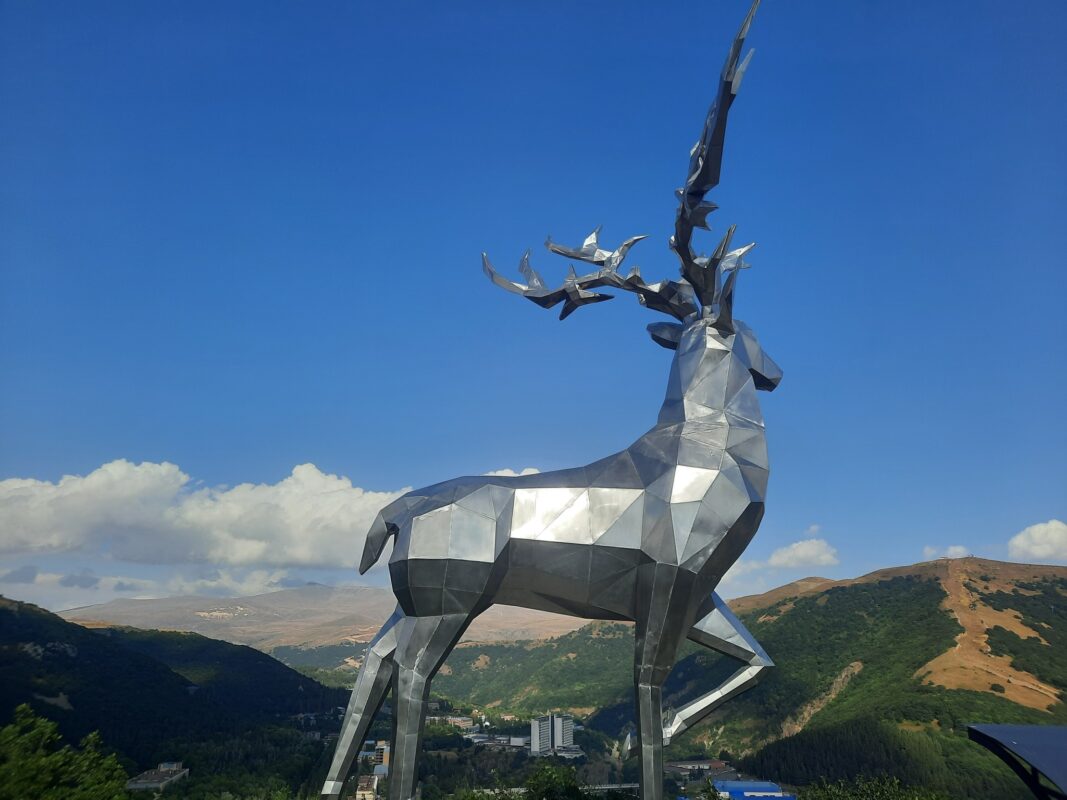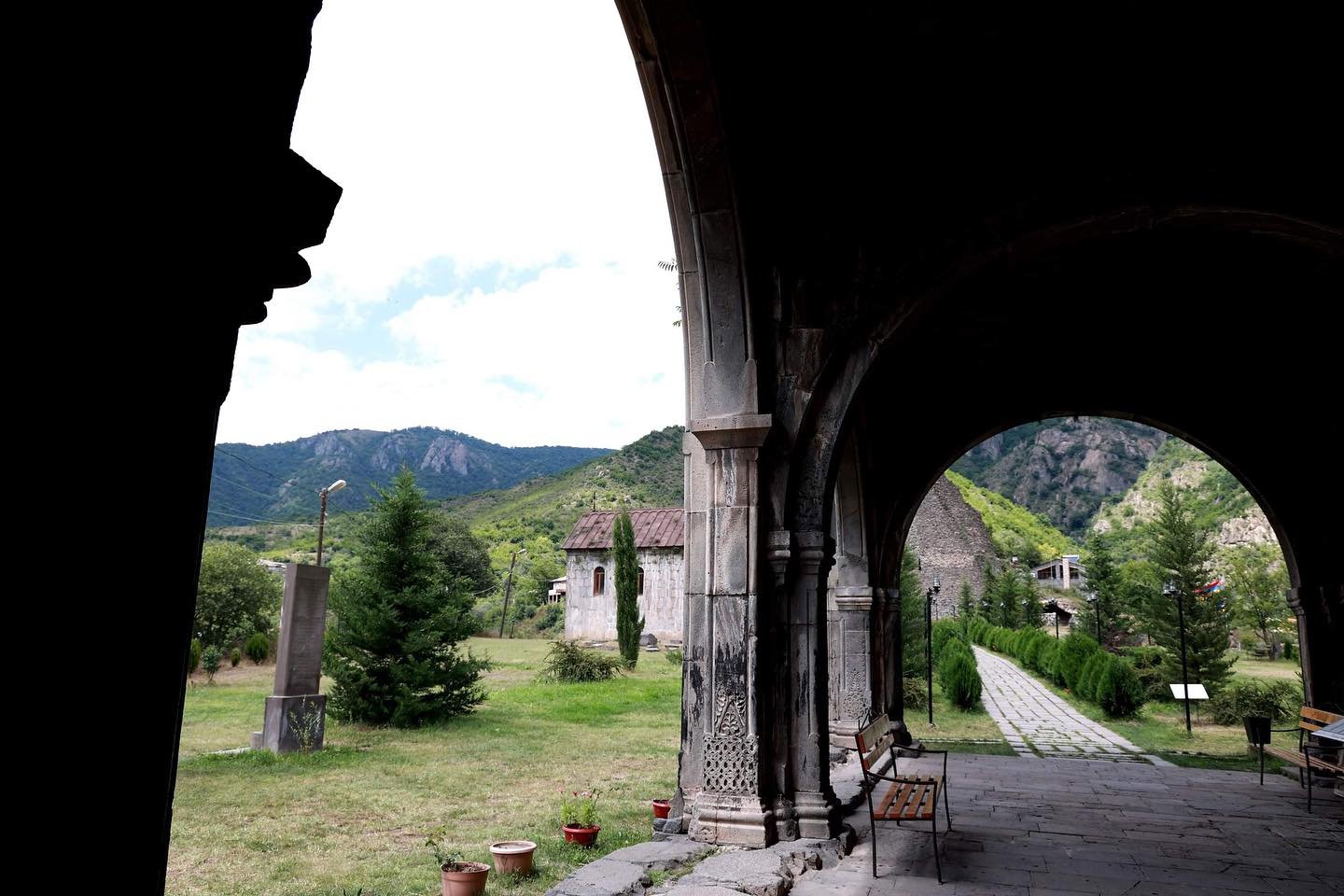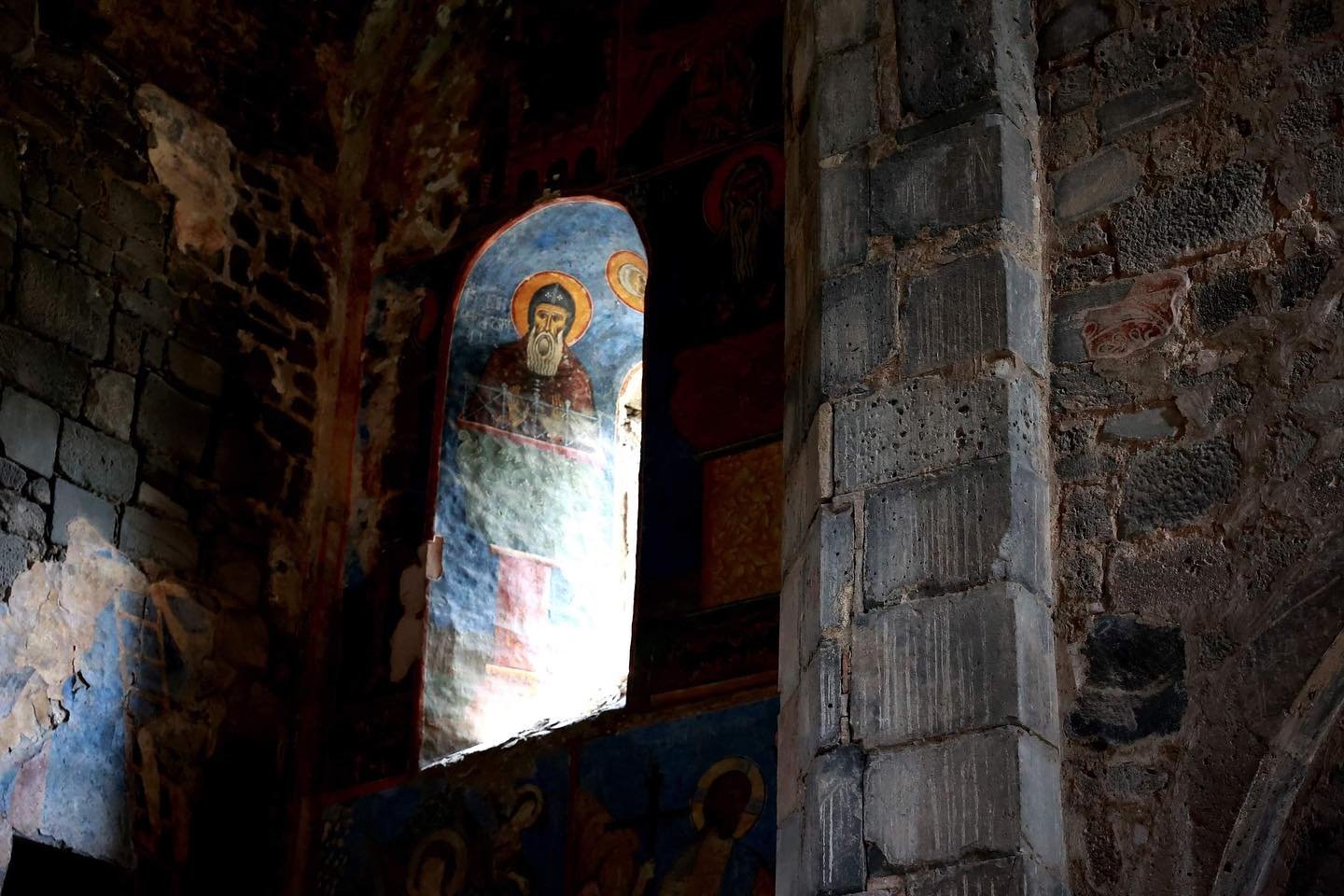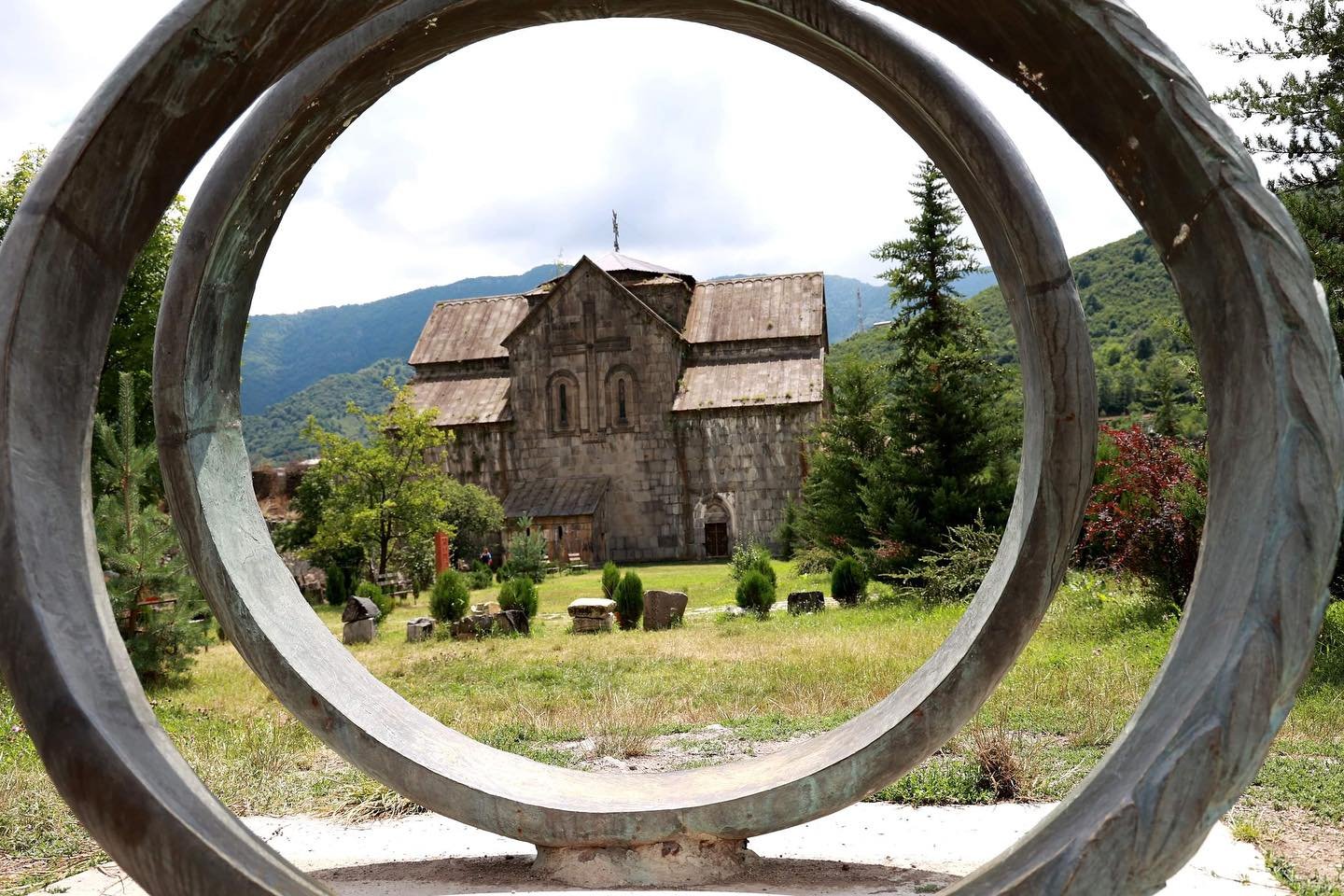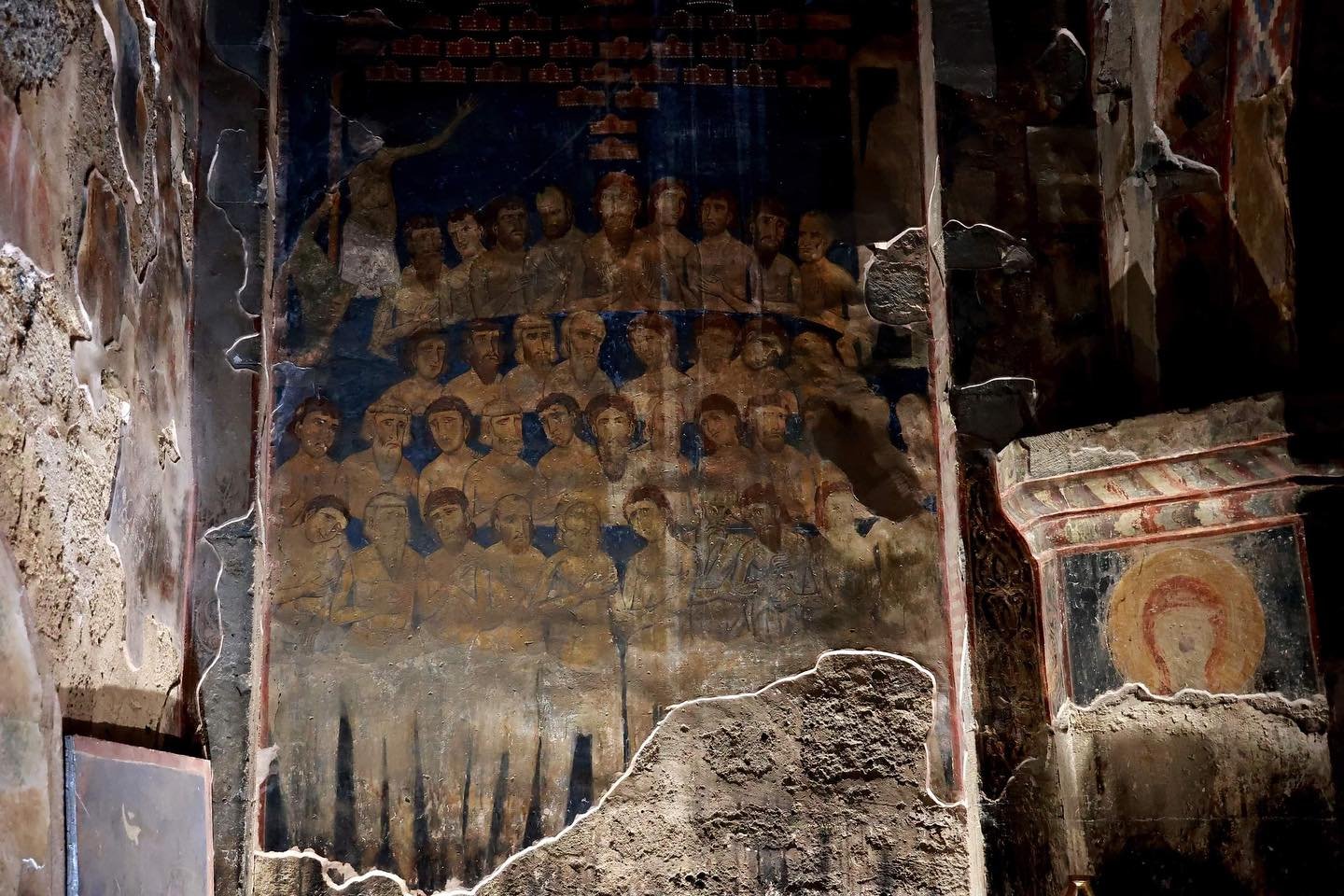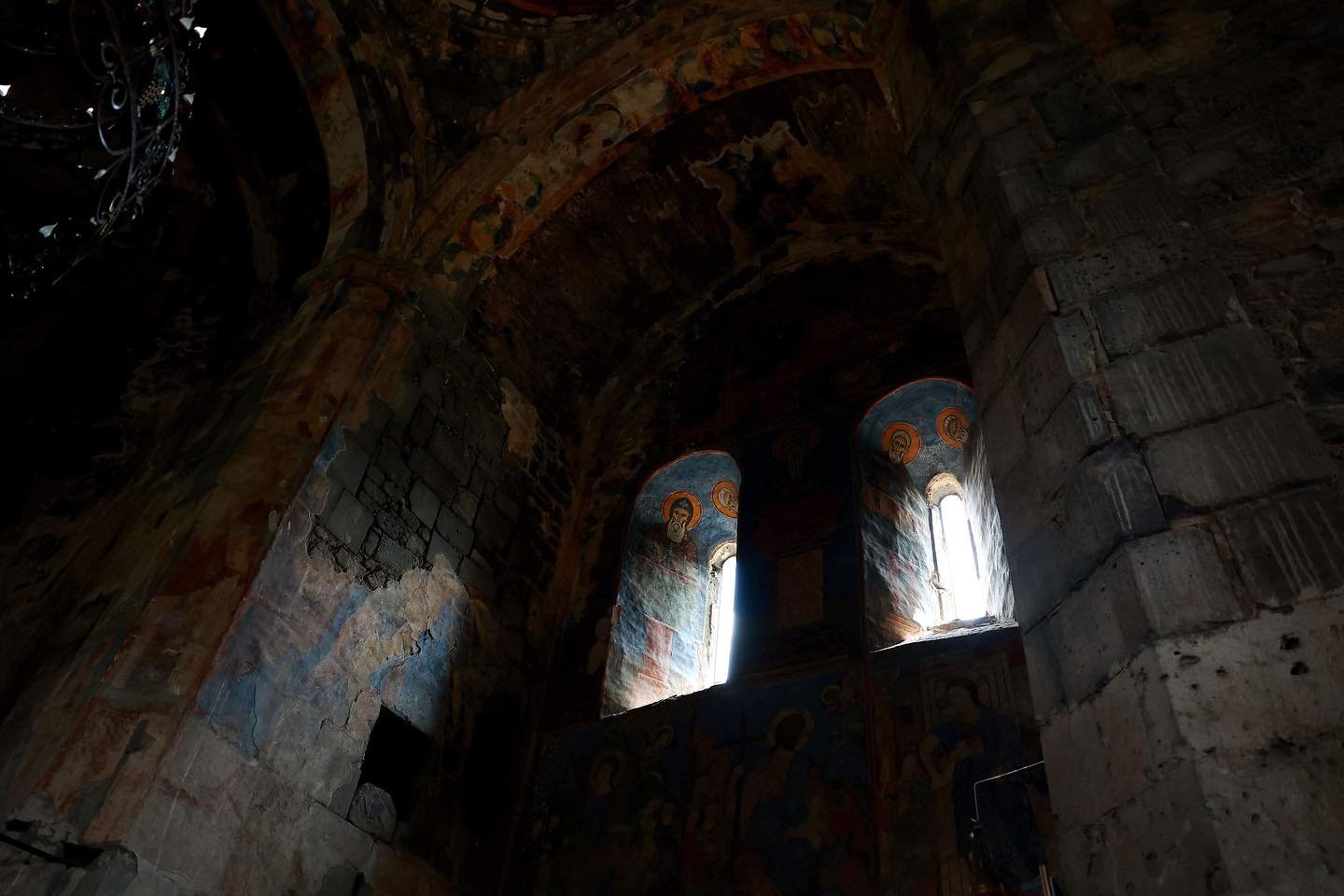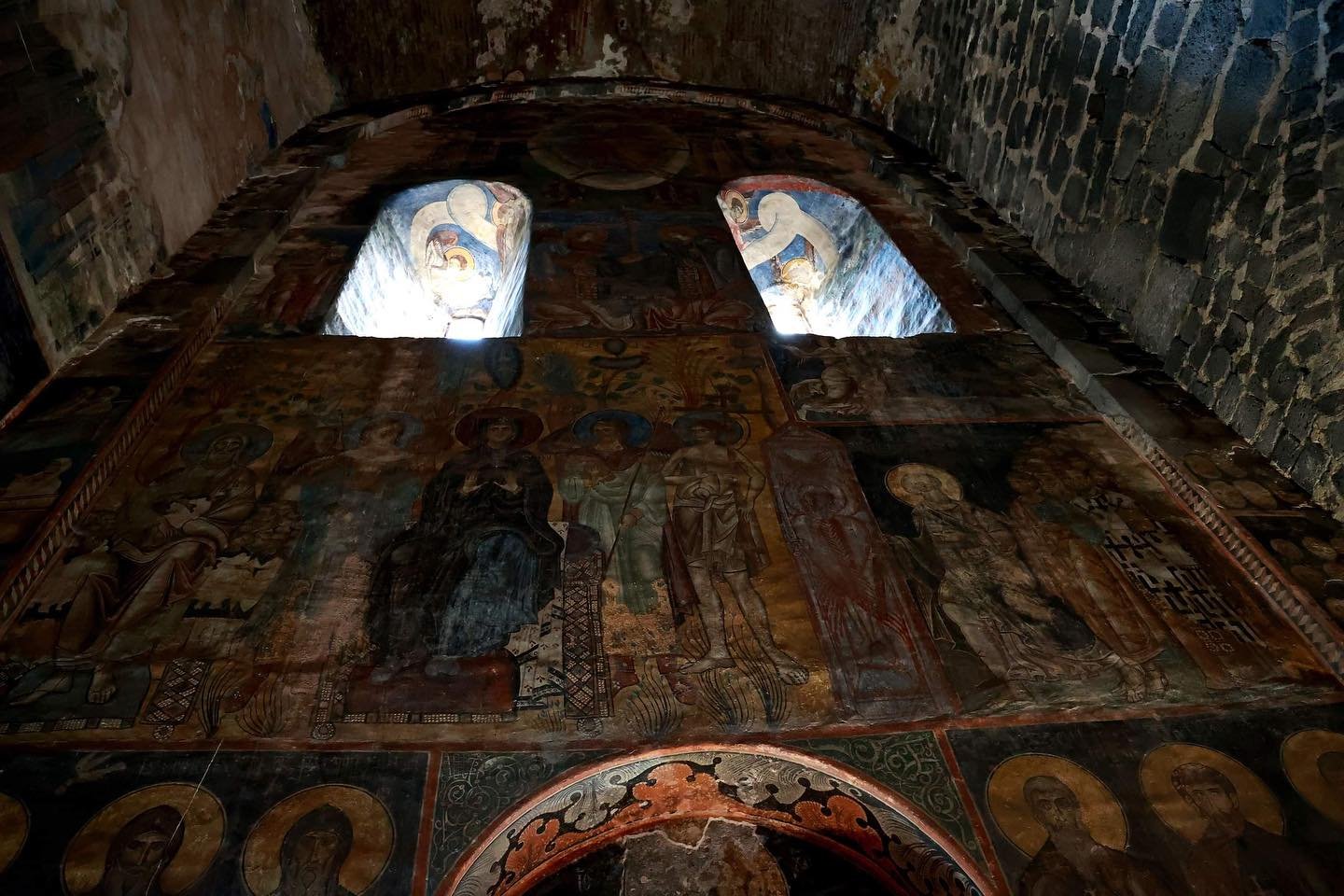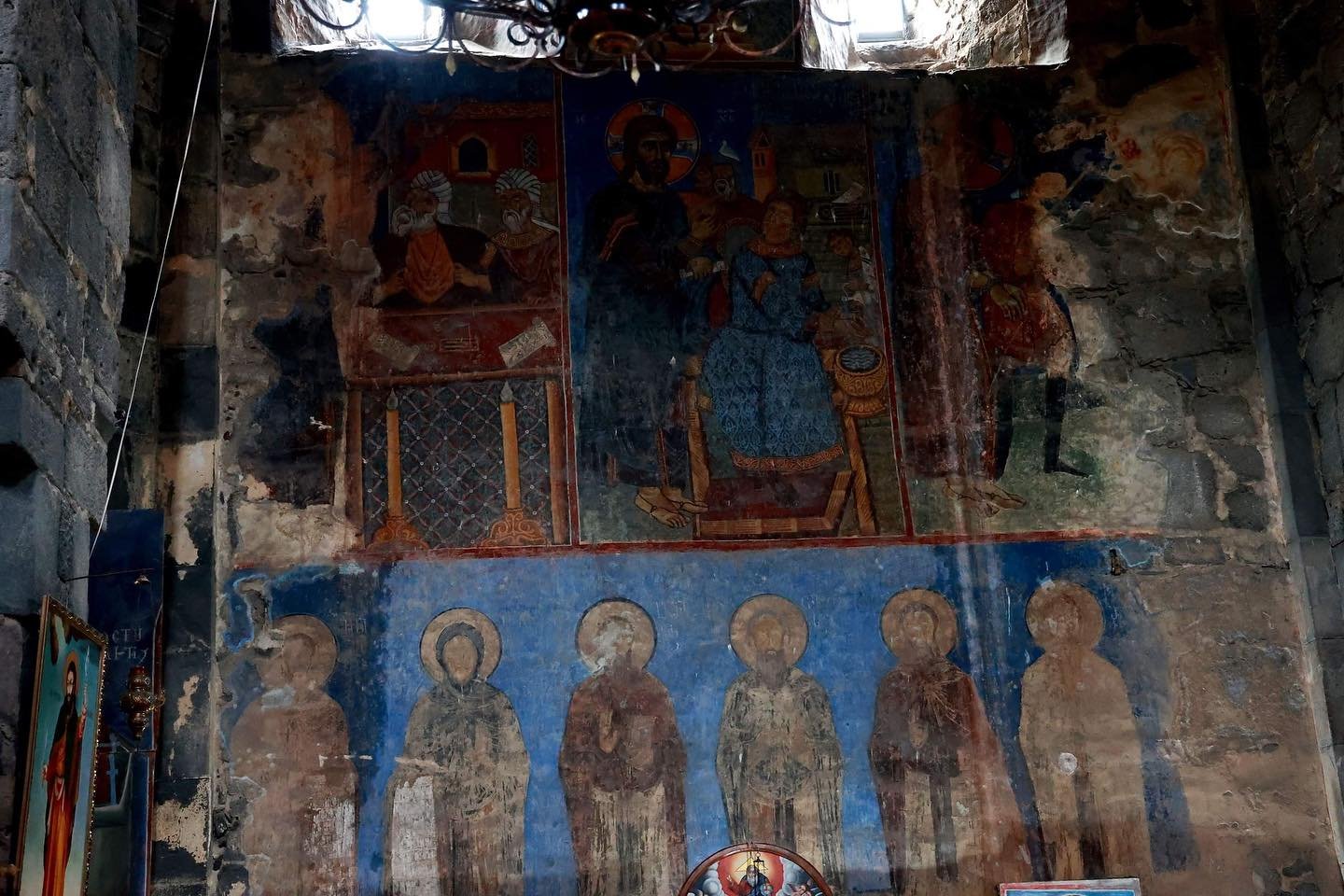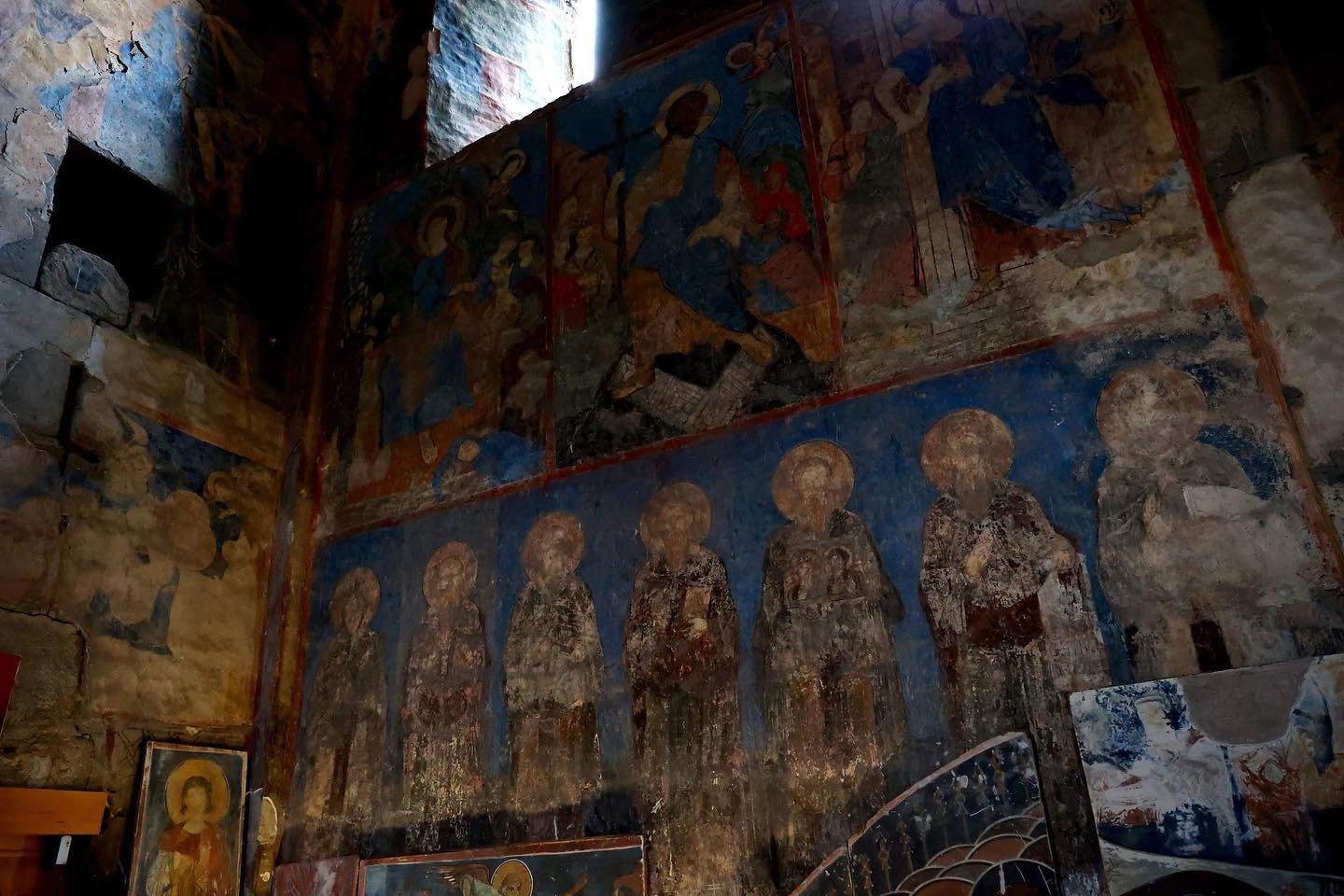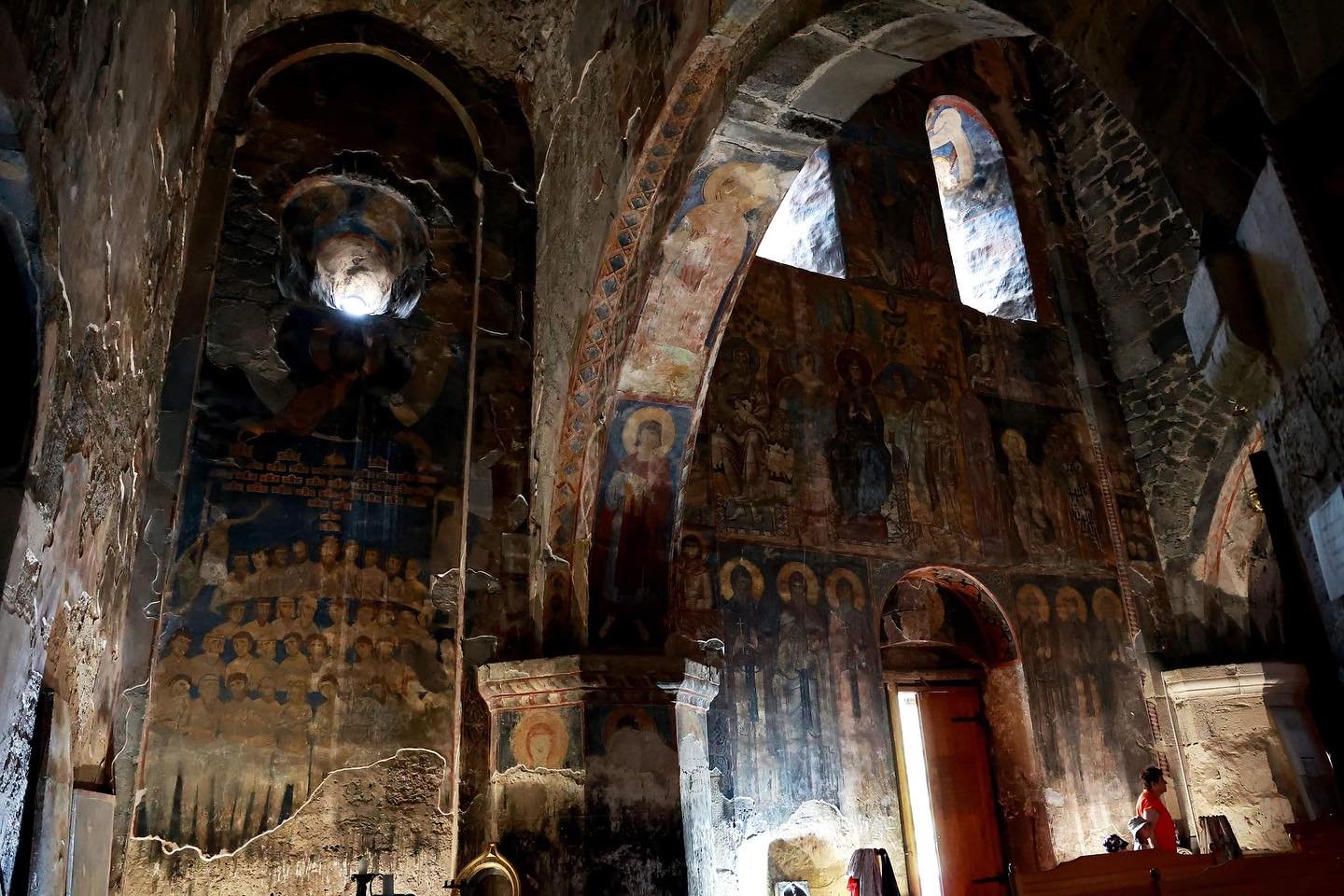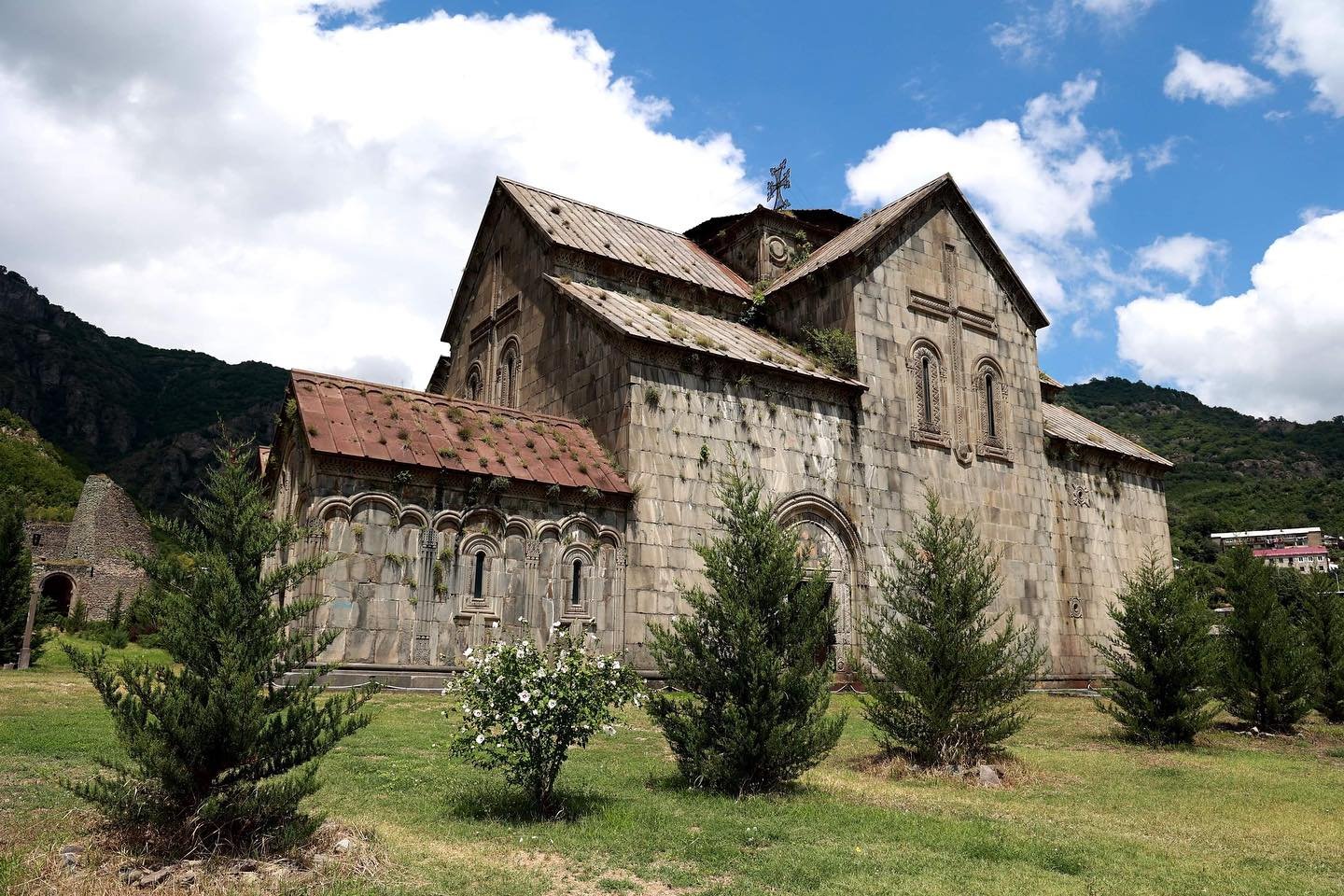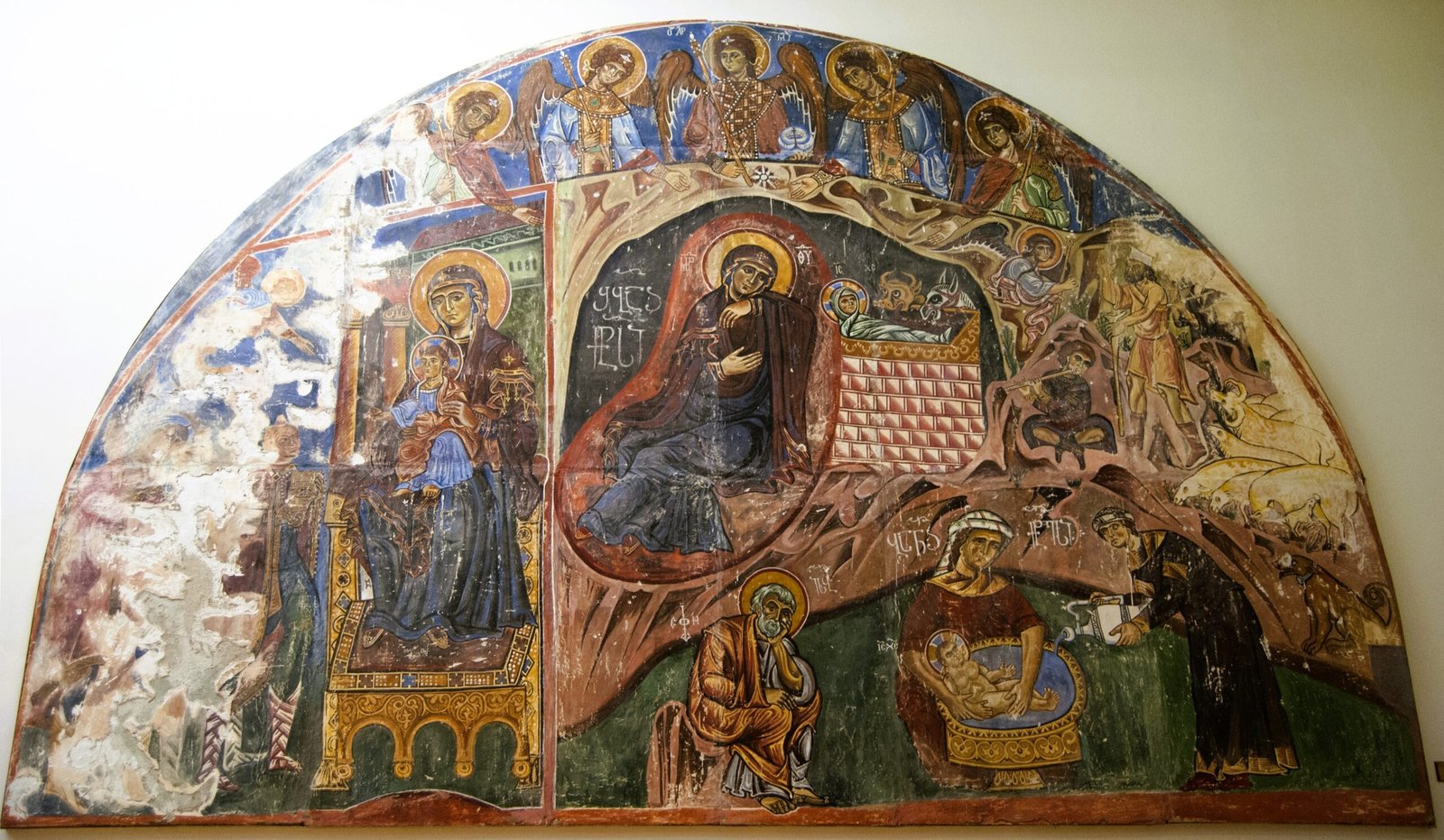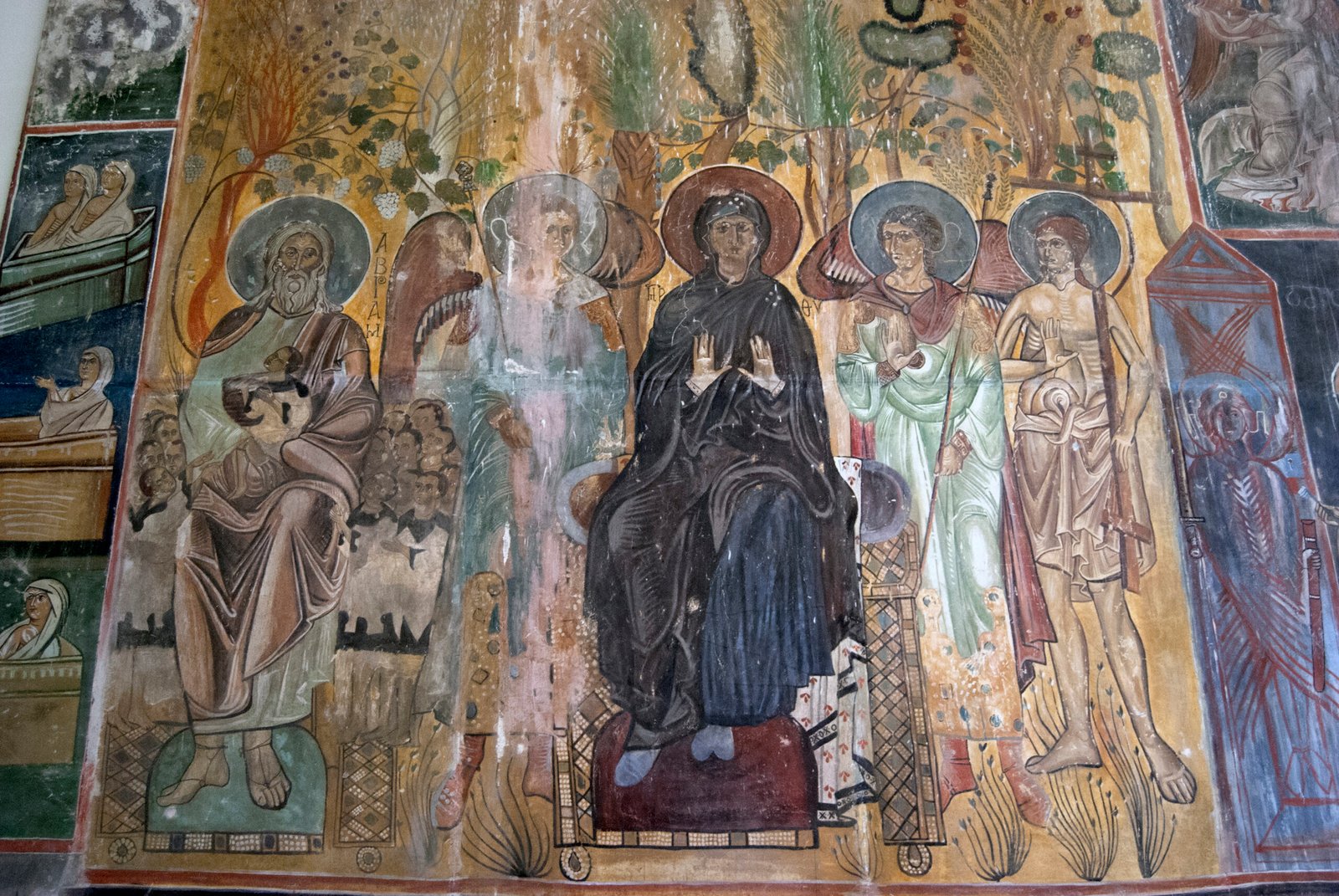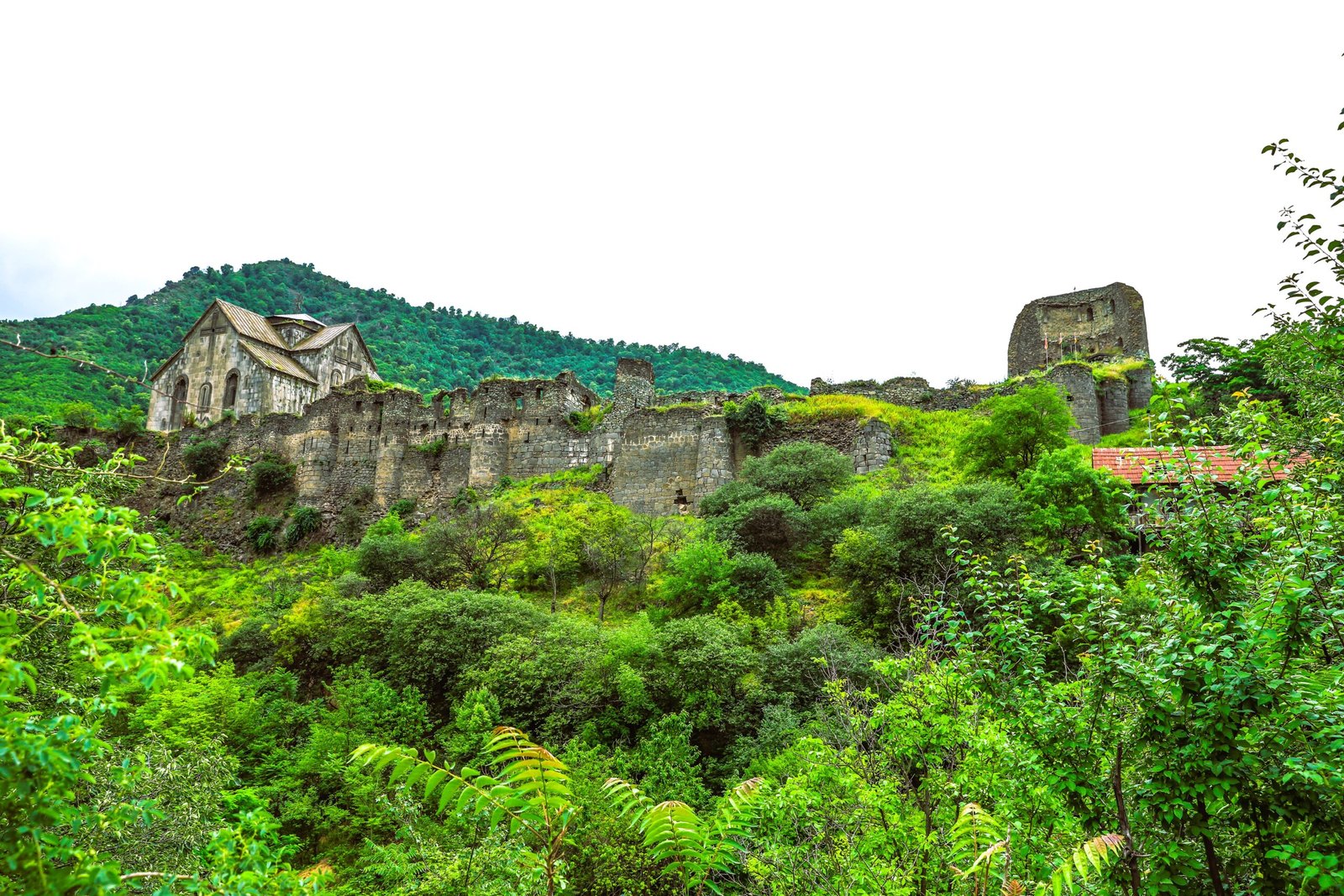Latest Listings
Related Listings
Close To You
Akhtala Monastery
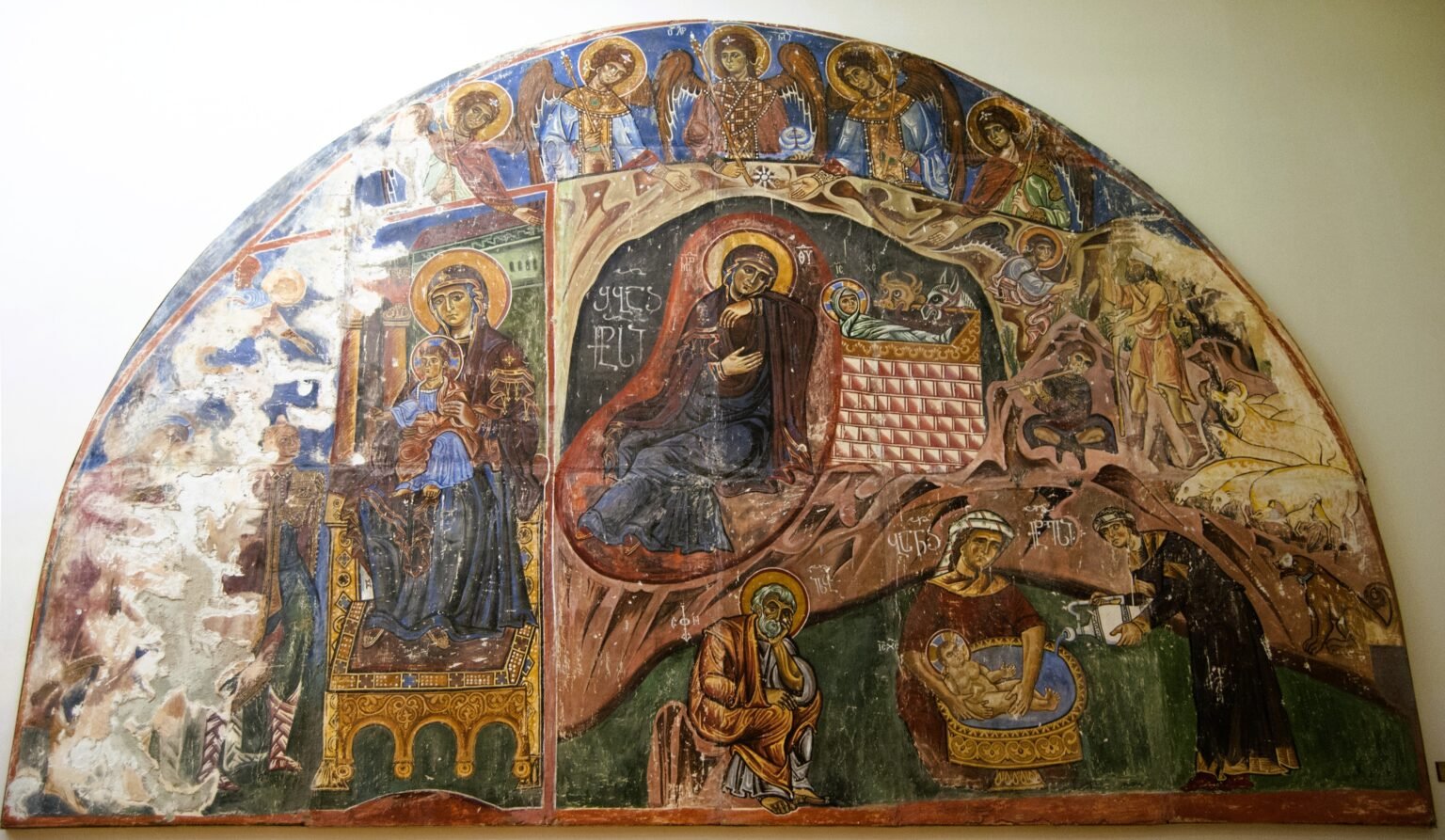
Monastery
740 m
Historical
Easy
VISITOR INFORMATION
📍 Location - Lori Province, in the town of Akhtala, about 185 km north of Yerevan, on a high plateau bordered by deep canyons on three sides.
🕰️ Period - Fortress (10th - 12th centuries), Monastery structures (13th century).
🌐 Coordinates - 41°09′02.45″ N, 44°45′52.50″ E
🏰 Other Name - Pghndzavank (“Coppermine Monastery”)
🌿 Best time to visit - Spring through autumn, when the surrounding Debed Gorge is lush and colorful.
🛤️ How to get there - From Yerevan, take the M6 highway through Vanadzor and Alaverdi toward the Georgian border; Akhtala is easily accessible within the town.
OVERVIEW
Akhtala is one of Armenia’s most striking medieval monuments - at once a fortress and monastery, with its roots in the High Middle Ages. Known historically as Pghindzavank, or the “Coppermine Monastery,” the complex reflects a blend of Armenian, Georgian, and Byzantine influences. Its massive defensive walls embrace sacred structures, the centerpiece being St. Astvatsatsin (Holy Mother of God) Church, famous for its magnificent frescoes that rank among the finest outside Byzantium.
ETYMOLOGY
Akhtala is a small town in Lori Province, situated about 185 km north of Yerevan, near the Georgian border. Set in the picturesque Debed Gorge, the settlement developed around its rich copper deposits, which have been exploited since antiquity. The very name “Akhtala” is associated with its mining heritage, and the monastery itself is often referred to as Pghindzavank - the “Coppermine Monastery.”
HISTORY
Akhtala Monastery Complex was founded in the 10th century by the Kurikian (Kyurikid) princes as a powerful fortress guarding northern Armenia, and reached its peak in the 13th century under the Zakaryan dynasty, when Ivane Zakaryan, having embraced Georgian Orthodoxy, transformed it into a major Chalcedonian religious and cultural center; the main church, St. Astvatsatsin, was rebuilt and adorned with extraordinary frescoes among the finest outside Byzantium, while chroniclers like Kirakos Gandzaketsi recorded its importance as both a dynastic burial site and a place of pilgrimage, and though the complex later suffered from invasions such as Timur Lenk’s raids and centuries of decline, it remained revered, rediscovered by 19th-century scholars, restored in the 20th century, and today stands as one of Armenia’s most remarkable medieval monuments, wrapped in both history and legend.
ARCHITECTURE
The Akhtala Monastery Complex is a rare example of a site where a fortress and monastery are seamlessly combined, reflecting both defensive power and sacred purpose. Rising on a high plateau, the stronghold is naturally protected by steep rocky ravines on three sides, with its man-made fortifications securing the more accessible northern side. Within these walls stand not only the majestic St. Astvatsatsin Church, but also auxiliary chapels, monastic residences, and ceremonial halls, forming a multifaceted medieval ensemble.
The Fortress
Believed to have been founded by the Kurikian (Kyurikid) dynasty in the 10th century, the fortress remained under their rule until the late 12th century. Constructed from coarse bluish basalt mixed with lime mortar, it was designed to harmonize with the surrounding cliffs. The fortress walls, reinforced with towers, rise along the edges of the plateau, while the main entrance on the northern side is guarded by an impressive three-story tower on the east, one of the most striking defensive structures of medieval Armenia. Though time has taken its toll, Akhtala remains among the relatively well-preserved forts of the country.
St. Astvatsatsin Church
At the heart of the complex stands the Church of the Holy Mother of God (St. Astvatsatsin), its principal monument. Built before the arrival of Ivane Zakaryan in the 13th century, it was later modified under his patronage to function as an Orthodox church. Architecturally, it is a three-nave domed basilica. The original dome with its stone drum and spire has not survived-legend attributes its destruction to Timur Lenk’s invasions in the 14th century-but the church retains its grandeur through its façades, decorated with large vertical relief crosses, ornate window frames, and carved details.
Inside, the church is remarkable for its extensive fresco program, unparalleled in Armenia. Highlights include the Mother of God enthroned on the altar wall, the Holy Communion, the image of John the Baptist (Hovhannes Karapet) on the north wall, and a dramatic Last Judgment scene on the west wall. Rows of saints beneath arches and on pediments enrich the interior, making these frescoes some of the most important examples of Christian art beyond Byzantium. The prayer hall, notable for its three entrances, features finely carved parapets, and the church underwent restoration in the 1970s, with further conservation and cleaning in recent decades.
Additional Structures
During the Zakaryans’ rule, the monastery complex was significantly expanded with new constructions that enriched its religious and communal life. To the west of St. Astvatsatsin Church, a rectangular ornate hall with twin gable roofs was added before 1227, which, according to the chronicler Kirakos Gandzaketsi, became the burial place of Ivane Zakaryan and his son Avag. An auxiliary building for church ceremonies was built adjoining the northern wall of the main church, while a separate single-nave church with a gable roof rose on the northwest side, once accompanied by additional attached structures. To the north of St. Astvatsatsin, the remains of a spacious two-story congregation building survive-a rectangular hall of rough basalt and timber, now reduced to its walls. In addition, outbuildings, chapels, and khachkars (cross-stones) scattered across the site further testify to the everyday life, devotion, and spiritual richness of the monastic community.
Beyond the central complex, the surrounding area of Akhtala is dotted with additional monuments from the 13th century, including St. Trinity Monastery, the Twin Churches, St. Gevorg Church, and several chapels and castle-type ruins, forming a broader spiritual and cultural landscape.
TOURISM
Akhtala Monastery Complex is one of Lori Province’s most captivating destinations, offering visitors the chance to explore both a powerful medieval fortress and a richly decorated monastery in a single site. Easily accessible along the M6 highway, it can be visited year-round, with spring through autumn offering the most scenic views of the surrounding Debed Gorge. The site appeals to a wide range of travelers-pilgrims drawn by its legendary frescoes, culture-seekers fascinated by its cross-cultural history, and casual tourists who are simply enchanted by the dramatic setting of ravines and green hills. Its preserved walls, towers, and breathtaking interior paintings make Akhtala a highlight of any trip through northern Armenia.
Most often, Akhtala is combined with visits to the nearby UNESCO World Heritage monasteries of Haghpat and Sanahin, creating a powerful cultural route that reveals the richness of Armenia’s medieval heritage. Travelers may also extend their itinerary to include the Odzun Basilica, with its sweeping views, or explore the mining town of Alaverdi, historically tied to the region’s copper industry. For nature lovers, the Debed River Canyon offers opportunities for walking, photography, and village encounters. Thanks to its location, Akhtala can also be included in cross-border itineraries between Armenia and Tbilisi, Georgia, making it not only a historical jewel but also a natural stop on regional travel routes.
LOCAL LEGENDS
Beyond architecture, Akhtala is steeped in legends and cultural lore. From claims that its copper was used for the Statue of Liberty to traditions linking it to the Holy Cross of Christ, Akhtala stands as both a historical jewel and a site of myth and devotion. Its cinematic allure even drew director Sergei Parajanov, who filmed scenes of The Color of Pomegranates here.
Facilities
Nearby
A UNESCO World Heritage Site located about 15 km from Akhtala, this medieval monastery is famous for its distinctive architecture, scholarly role, and breathtaking views over the Debed Gorge.
Another UNESCO-listed treasure, roughly 25 km away, known for its domed churches, medieval library, and historic connection to the Mikoyan brothers (one of whom designed the Soviet MiG aircraft).
Around 30 km from Akhtala, this impressive early Christian basilica (5th–7th centuries) is one of Armenia’s oldest standing churches, offering sweeping views of the gorge and surrounding mountains.
A historic mining town just a short drive from Akhtala, where visitors can learn about the region’s industrial heritage, copper mining traditions, and see remnants of 19th–20th century architecture.
The dramatic natural setting surrounding Akhtala, ideal for scenic drives, photography, hiking, and visiting traditional Lori villages known for their warm hospitality and authentic local cuisine.

